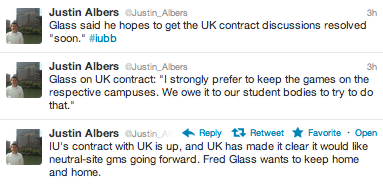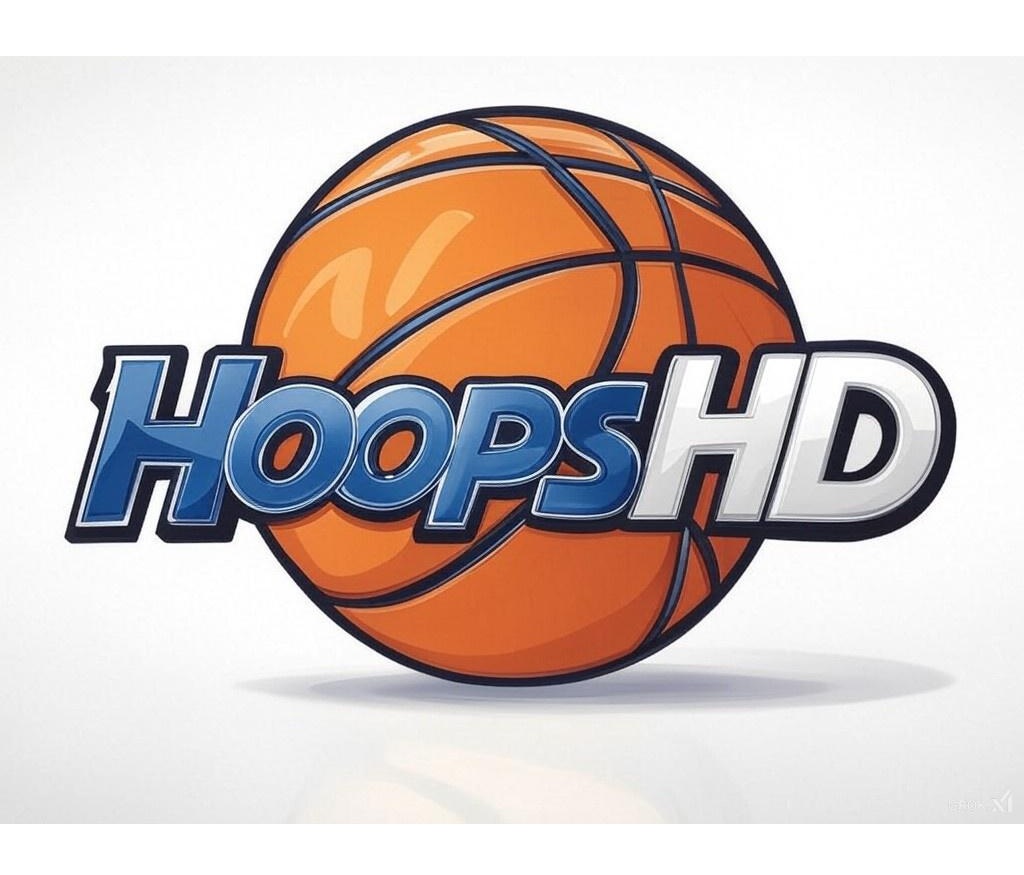It just wouldn’t be the offseason without the NCAA doing something that is utterly ridiculous. This year’s handling of the APR rules changes, and their decision to retroactively enforce it against Connecticut, while at the same time absolving other programs who didn’t even meet the standards of the old APR rules, registers extremely high on the absurd-o-meter and will be very hard to top.
In order to understand the complete absurdity of this, you need to understand what the APR is and how it works (which is something many people in the media who are applauding the NCAA DO NOT understand).
The APR was implemented to increase graduation rates for student-athletes, but is not a graduation rate itself. That’s problem no. 1. If they were so concerned about graduation rates, they should have simply set minimal standards for graduation rates. That’s another rant, though. The APR is calculated by factoring in just two things. One is eligibility, the other is retention. That’s it.
For example, if you have five players on a team, and all five are eligible at the end of the first semester, that’s five APR points. If all return to school the following semester and/or graduate, that’s another five points. Now, at the end of the second semester, if all five players are eligible again, that’s five more points, but if one of the players opts to transfer, that’s only four points. That is a total of 19 out of 20 possible points, for a 0.950 percent, or a 950 APR. (***Note: If a player transfers with a 2.6 GPA or better, the school is not charged with the loss of a retention point. It would be figured as 19/19 possible points***).
The other common and notable exception is players who are eligible and turn pro. Like the 2.6 rule, the team is not charged with the loss of an APR point. So, if out of five players, all were eligible and retained after the first semester, and all were eligible after the second semester, one turned pro, one transferred with a GPA below 2.6, and another transferred with a GPA with 2.6 or better, it would be 17/18 points, which would give the team an APR of 944 for that year.
There are other exceptions, but those are the two most common, and that’s basically how it works.
The old rules stated that a school must have a rolling APR of 925 over the course of four years. In other words, at the end of this past season, the overall APR from 2008 through 2012 needed to average out to 925. If it was below 925, but above 900, a school was in the clear so long as their most recent single year APR was 930 or better. If a school failed to meet this, they received a written warning the first year, a scholarship reduction the second year, and a postseason ban the third year.
Another important APR tidbit that the media et al does not know, or simply ignores, is that the APR is released in April of the following year. In other words, the APR scores that just came out are not for this year. They’re for the 2010-2011 academic year. This is important because the APR is a reflection of what WAS, not what IS.
Why is this noteworthy?? Well, a big deal was made last year about how UConn won the national championship last year, but at the same time had a lousy APR. In reality, the APR that reflects the academic performance of the team that won the national championship just came out. It’s 978, which is way above the national average. Anyone who criticized the players of last year’s UConn team for not getting it done in the classroom is an idiot who isn’t worth listening to. Personally, I find it both ironic and sad that the media et al goes nuts about how UConn doesn’t get it done in the classroom, but at the same time displays their own complete ignorance.
Another thing worth pointing out is that it is possible to have a poor APR, but have everyone on the team in good academic standing. Retention is one of the components, and anyone who transfers with a GPA below 2.6 counts against a school even if that student is on pace to graduate.
It’s also possible to have a good APR, but a poor graduation rate. A 3.8 student who transfers doesn’t count against a school’s APR, but it does count against their freshman cohort rate. Since it was grad rates that led to the implementation of the APR, this is worth pointing out. Enter UConn.
UConn has a poor graduation rate, but their APR, at least under the old rules, was fine. How could this happen?? You need to keep in mind that UConn is in a unique situation. Their team consists largely of two types of players. One type is the players who are good enough to play professionally, and will look to do so before graduating. If they go pro before graduating, it counts against the graduation rate, and if they’re not eligible, it counts against the APR. The other type of player is the kids who are sitting on the bench and not playing, but are good enough to start for 80% of the div1 programs out there. If they transfer, it counts against the graduation rate (at least the freshman cohort rate), and if they are below 2.6, it counts against the APR.
Over 98% of all div1 teams do not have rosters that consist of the types of players UConn has. It is COMPLETELY understandable how UConn, being in the unique position of having starters who can play professionally, and bench players who could be starters somewhere else, would have low graduation rates. It doesn’t mean that they’re in poor academic standing. It doesn’t mean that their APR is bad. It just means they’re not graduating from UConn within six years after enrolling as freshman.
It also doesn’t mean that, on a macro scale, the APR wasn’t having its desired effect. Again, UConn is unique with the types of players that make up their roster. There are specific cases where grad rates were not going up and UConn is one of them, but in general, the grad rates were improving for the majority of the 340+ div1 programs
Now, rather than take a step back and look at why UConn’s grad rates may be low due to the unique nature of their program, the NCAA, seemingly on a whim, concluded that the APR was not sufficiently high enough. So, they raised it. When they raised it, they retroactively enforced it. UConn, who had made decisions and structured their program to meet the old rules, was suddenly and retroactively deemed deficient in the APR. They had undergone scholarship reductions in the past, but never a postseason ban. If they were broaching the point of receiving a postseason ban, they would have undoubtedly handled certain situations, namely transfers, differently.
On top of that, the players who earned a 978 APR last year, and will likely do as well or better this year, are being punished because three years certain players decided to leave early or transfer.
The retroactive enforcement of this is completely wrong. I don’t see how any reasonable person can disagree with that. If you feel the rules should be changed, that’s one thing. I personally don’t agree with changing the rules, but if you want to change them, fine. What is absolutely 150 percent wrong is to change them and retroactively enforce them.
Say a person gets a speeding ticket for doing 67 in a 55. Now, say a year later the police come to this person’s house and give him another, more expensive ticket and their reason for doing so was because the speed limit was recently lowered to 45, so instead of being 12 miles over the limit, he’s 22 over the limit. I’m not exaggerating or being cynical. That is literally what the NCAA is doing in this case.
Now, that’s hard to top, but they’ve managed to do it. The NCAA is going to grant amnesty to schools who do not meet APR requirements if they are deemed to be “Low Resource Programs.” There are schools that did not meet the old APR standards of 925, much less meet the new standards, who are being granted amnesty. At the same time, UConn, who did meet the old standards, was given a postseason ban. That’s absurd.
So, what is the lesson here?? Div1 schools should get rid of any and all academic support. If they fail to meet APR standards, claim that they are a low resource program and should be given amnesty.



